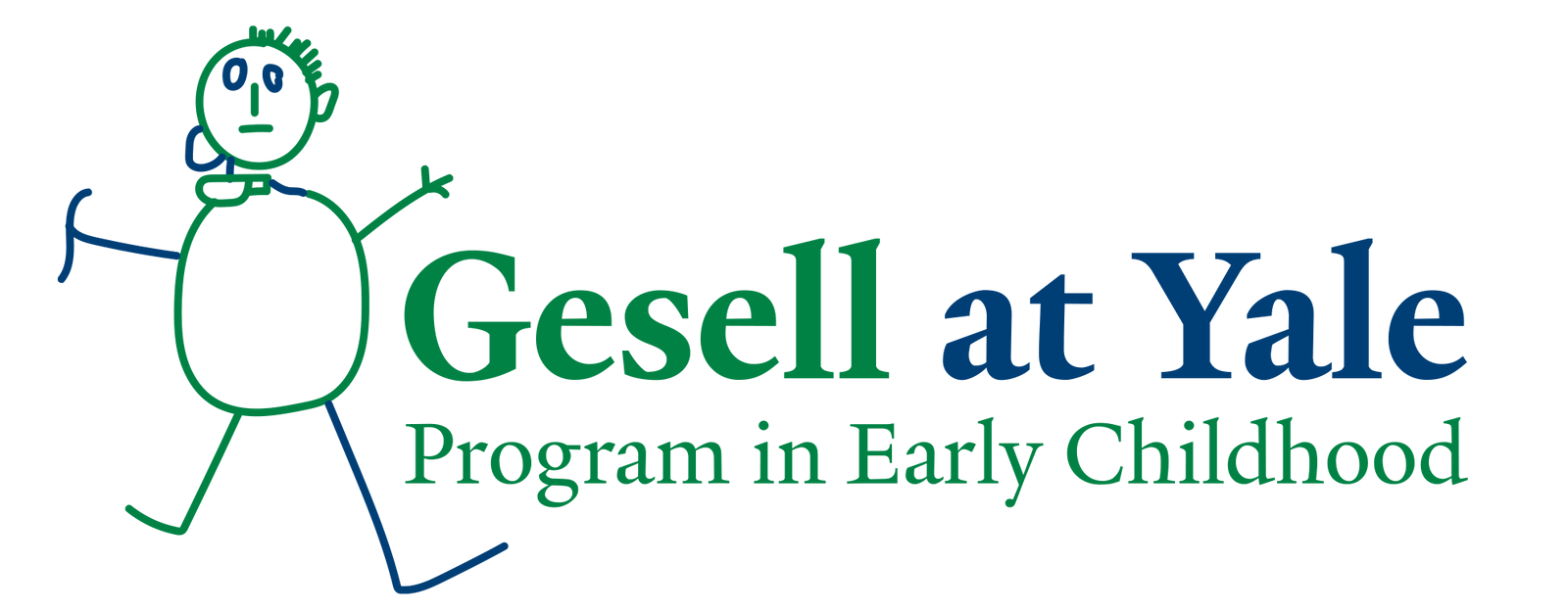True Then, Truer Now: The Enduring Contributions of Arnold Gesell
Peg Oliveira, PhD
Young Children is NAEYC's award-winning, peer-reviewed journal focused on educating children from birth through third grade.
View the full article in NAEYC's Young Children Journal here.
Clinical psychologist and pediatrician Arnold Gesell wrote these words nearly a century ago, in an article titled “The Significance of the Nursery School,” published in 1924 in the inaugural issue of Childhood Education. The words were true then, and they’re truer now.
The ladder is still missing at least a few rungs. One is universal access to preschool and kindergarten. In Gesell’s words, “Nursery school [would] furnish a more solid support for the educational ladder” (1924, 18). Other rungs include early learning environments that truly acknowledge the full range of unique developmental and environmental needs of young children; full support for children from birth through age 3 and their families (including paid family leave); wages and working conditions that reflect the importance and high level of responsibility of early childhood educators; and sufficient appreciation of and investment in the potential of the rapidly developing young brain.
Over a century ago, Gesell began creating a map for child development and learning. His main contribution to child development was identifying the relationship between behavior and brain—in other words, between what children do and how their brains grow. He used this knowledge to document predictable, or normative, stages of growth among children, with the environment causing minor variations in the age at which a skill might emerge but never affecting the sequence or pattern. Gesell’s theory is known as a maturational-developmental theory. Although researchers no longer adhere to the notion of fixed stages of development (Siegler 2016), the norms Gesell established are still used today by psychologists, educators, and pediatricians to predict developmental changes (and to note when follow-up evaluations of development may be warranted).
An innovator and a wonderer, Gesell
- Carried out the first large-scale study of children’s behavior. His pioneering research used motion-picture technologies (which were revolutionary at the time) to document—and find clear, ordered patterns in—the development of about 10,000 children.
- Focused on studying children’s verbal, motor, social, emotional, and cognitive growth. The extensive archive of his lifelong research later enabled parents and teachers to better understand children’s development. Influential child development theorists, including Jean Piaget, Erik Erikson, and Lev Vygotsky, drew on Gesell’s research. His concept of a stairstep model of growing abilities endured over several decades and now contributes to current concepts of development, which are somewhat more fluid but still show the progression that Gesell noted (Siegler 2016).
- Was the first to demonstrate that a child’s developmental age may be different from her chronological age. In a large-scale research study, he found a relationship between unreadiness at school entry and later school challenges. This research was the foundation for future developmental assessments.
- Was the first person in the United States to officially hold the title school psychologist, having been appointed to that newly created position in 1915 by the Connecticut State Board of Education. He bridged the gap between the child study movement, clinical psychology, and special education by evaluating children and making recommendations for special teaching—what we now call differentiated instruction.
- Developed sophisticated observational techniques, such as one-way viewing screens and recording methods that did not distract children. Such techniques are still used today because they are essential to understanding children’s natural behavior.
Normative is just a glimpse of normal...
View the full article in NAEYC's Young Children Peer-Reviewed Journal here
